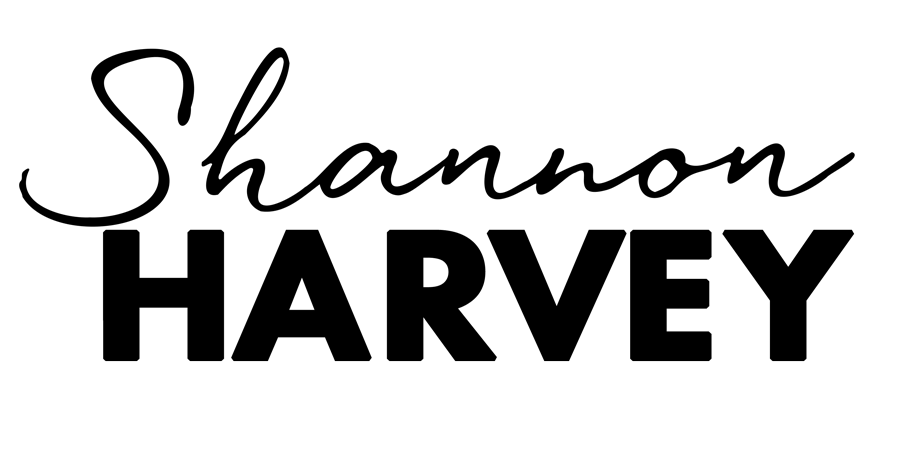By his own account on live television moments after it happened, the shark came from behind him and he instinctively lifted his leg out of the way before he started punching it. “I just sort of went into fight or flight really,” Mick ‘White Lightning’ Fanning said in an interview later.
Fight or Flight
This fight or flight stress response that Fanning referred to is an evolutionary super power designed to save your life. Powerful hormones like adrenaline surge into your bloodstream, amplifying your heart rate, muscle strength and metabolism. Cortisol floods you with glucose to give you an energy burst. As you start to breathe faster, the oxygen boost to your brain puts you on high alert and sharpens your senses. Your immune system revs up too, mustering troops in parts of your body at high risk of being wounded. In that moment, you are operating on instinct, with no time for complex thought processing.
Being a journalist who researches the latest science in the human stress response, I found this real-life fight or flight encounter fascinating. Fanning’s account of how he punched the shark in the back in a bid to save his life is compelling, but what I also find fascinating are the occurrences around the incident, which also played out live on television and in the media during the days that followed. When we put the Mick Fanning Shark Show under the microscope there’s a lot we learn about stress.
Let’s start with Fanning’s good mate and competition rival Julian Wilson who also happened to be in the water competing for world championship points and the winner’s purse when the shark made it’s move. Instead of hastening away, Wilson plunged towards the danger. “I literally thought paddling for him that I wasn’t going to get there in time…I was like, I’ve got a board if I can get there I can stab it or whatever, I’ve got a weapon,” he said on television soon after they’d returned safely to shore. Clearly Wilson was in full fight rather than flight mode but what kind of biological insanity would compel him to paddle towards the threat?
It turns out the new science of stress is forcing scientists to broaden the definition of stress beyond merely fight or flight as they come to discover a surprising cocktail of chemicals involved in threatening situations. For instance, dopamine (a chemical associated with motivation, pleasure and reward) and oxytocin (sometimes referred to as the ‘cuddle hormone’) may be as much part of our stress response as their more famous cousins adrenaline and cortisol.
Tend and Befriend
Oxytocin is a hormone known for its role in intimacy and social bonding. It fine-tunes your brain to notice what others are thinking and feeling and primes you to build and strengthen relationships. Scientists are calling the oxytocin component of stress the tend and befriend response after they observed that during stressful situations, people can be drawn to tending (as a parent would for their vulnerable offspring during an attack) and befriending (handy for collaborating during times of peril).
I’ve often heard the surf community referred to as being a family and indeed, surf champ Peter Mel, who happened to be part of the rescue team that pulled Fanning and Wilson out of the water described the split second response like this; “Everyone went in there at the same time. The instinct is to help. That’s the family you know. It’s the surfing family. We’re all a really close bunch.”
It’s clear that the effects of stress on our behaviour can not only be self serving but it can also make us altruistic or even heroic in order to promote survival and well-being for the good of the tribe.
All that extra ‘cuddle hormone’ coursing through the bodies of our surf riding gladiators may also explain the numerous masculine embraces that followed soon after the immediate threat had passed. ‘We’re all just trying to process more than anything, you kind of just want to hug him,” said Peter Mel moments after Fanning and Wilson were safely on board the rescue boat. Hearing his suggestion, the skipper left the helm to embrace Fanning. I lost count of the number of heartfelt hugs that followed.


Given that hugging is known to lower levels of stress hormones like cortisol and that a recent study found hugging can reduce your susceptibility to fall ill during times of stress; all those manly moments may have given the guys a much needed immune boost on what must have been a traumatic day for all.
Rest and Digest
Despite their best efforts to present a front of mental toughness, the battle worn Fanning and Wilson eventually broke down as the drama unfolded live on television. As they fought back their tears, what they may not have realised is that scientists believe expressing distress by crying might actually play an important role in stress reduction helping to return the body to chemical balance. When the threat is over, cortisol and oxytocin start putting on the breaks and your rest and digest parasympathetic nervous system takes over. “I just want to let all my family and friends at home know I’m ok, I’m just trippin’ out. I’m ok. It’s just all kickin’ in now,” said Fanning, his voice choking down tears. But rather than a sign of weakness, the tears that started flowing at the J-Bay Open soon after everyone returned to dry land unscathed may have in fact been a highly effective evolutionary trait designed to reduce the feeling of trauma and transform their stress into something tangible.


The takeaway
The natural stress response exhibited by the surf community on that extraordinary day can teach us a lot about the positive effects of stress and our ingrained instincts that allow us to cope in perilous circumstances. As I’ve written about before, this short-term stress can not only save your life, but it can in fact be good for you and even give you a performance edge.
But the vast majority of us are not going to be fighting for our lives with a great white shark any time soon and yet we’re running around more stressed than ever. The sharks most of us battle are imaginary, existing only in our heads. This long-term stress is the real danger we face. It can lead to wear and tear in the body that researchers call allostatic load, which has been associated with many chronic illnesses.
I’ve written a lot about the latest science of stress reduction techniques like meditation on this blog, but if you’re a beginner, a good place to start might be with Harvard Professor Herbert Benson’s two simple mental steps than can turn your stress response into a relaxation response, which I’ve written about here.





 The Connection (DOWNLOAD-TO-OWN)
The Connection (DOWNLOAD-TO-OWN) My Year Of Living Mindfully - Book
My Year Of Living Mindfully - Book




